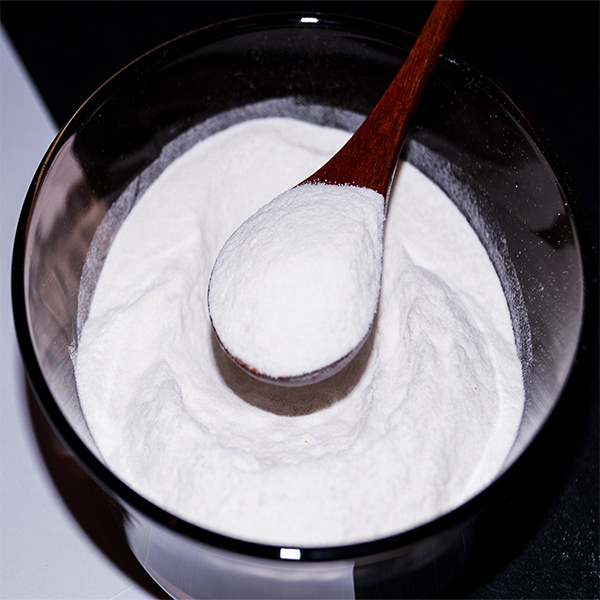The Rise of Additive Powder in Modern Industry
In recent years, the industrial landscape has witnessed a remarkable transformation, particularly with the advent of additive manufacturing. Among the various materials paving the way for this advancement, additive powders have emerged as a cornerstone in diverse sectors such as aerospace, automotive, medical, and consumer goods. The growth of additive powders is reshaping traditional manufacturing processes, bringing forth innovations that improve efficiency, reduce waste, and enhance product customization.
Understanding Additive Powders
Additive powders are fine particulate materials used in additive manufacturing processes like 3D printing. These powders can be made from a variety of materials, including metals, ceramics, and polymers. The choice of powder significantly impacts the performance of the final product, as each material possesses unique properties that can be leveraged according to specific application needs. For example, titanium powders are widely used in the aerospace industry due to their high strength-to-weight ratio and resistance to corrosion, making them ideal for aircraft components.
Advantages of Additive Powders
One of the most significant advantages of using additive powders in manufacturing is the ability to create complex geometries that are often impossible to achieve through traditional subtractive methods. This capability allows for the production of lightweight structures with intricate designs, optimizing material usage and improving performance. For instance, in the aerospace sector, utilizing additive manufacturing enables the design of fuel-efficient components, reducing overall weight and increasing operational efficiency.
Moreover, additive powders facilitate rapid prototyping, allowing companies to develop and test new products swiftly. With additive manufacturing, changes can be implemented at any stage of the design process without the need to reconfigure the entire production line. This agility is particularly beneficial in industries where time-to-market is critical.
Environmental Impact
The use of additive powders also supports sustainability efforts. Traditional manufacturing processes often result in significant material waste, whereas additive manufacturing builds objects layer by layer, using only the necessary amount of material. This not only reduces waste but also lowers the energy consumption associated with excessive processing. Furthermore, the possibility of recycling unused or leftover powder contributes to a circular economy, promoting sustainable practices within the manufacturing sector.
additive powder

Challenges and Developments
Despite the numerous benefits, the adoption of additive powders is not without challenges. One of the primary concerns is the consistency and quality of the powders. Variations in particle size, shape, and composition can lead to inconsistencies in the final product, which is critical in industries with stringent safety and performance standards. To address these issues, manufacturers are investing in advanced powder characterization and processing techniques to ensure higher quality and performance.
Another challenge is the need for a comprehensive understanding of the materials properties and how they interact during the additive manufacturing process. Ongoing research is crucial in developing new powders with enhanced characteristics tailored for specific applications, which could further widen the scope of additive manufacturing.
Future Prospects
Looking ahead, the future of additive powders appears promising. As technologies continue to evolve, the manufacturing industry is likely to witness an increasing shift toward additive methods. Research and development efforts will focus on discovering new materials and improving existing ones to meet the growing demand for customized and efficient manufacturing solutions.
Collaborative efforts between academic institutions, research organizations, and industry players will be vital in advancing the understanding of additive powders and their applications. As the global market for additive manufacturing continues to expand, the role of additive powders will be at the forefront of this revolution, driving innovation and transforming how products are designed and manufactured.
Conclusion
Additive powders represent a significant advancement in manufacturing technology, offering unparalleled opportunities for customization, efficiency, and sustainability. As industries increasingly recognize their potential, efforts to overcome existing challenges will pave the way for broader adoption. With ongoing research and technological advancements, additive powders will undoubtedly play a key role in shaping the future of manufacturing, making it more innovative and environmentally conscious. As we move forward, it is essential that manufacturers embrace these changes, harnessing the power of additive powders to foster growth and drive progress in the industry.
-
The Versatility of Industrial Additives: Mhec, Hpmc, And Wall Putty SolutionsNewsMar.28,2025
-
The Importance of HPMC in Modern IndustriesNewsMar.28,2025
-
Partnering with Reliable Manufacturers for Optimal ResultsNewsMar.28,2025
-
Enhancing Construction Performance with Redispersible Polymer PowdersNewsMar.28,2025
-
Enhancing Construction and Household Products with Advanced AdditivesNewsMar.28,2025
-
Building Strong Foundations with Key Construction MaterialsNewsMar.28,2025






